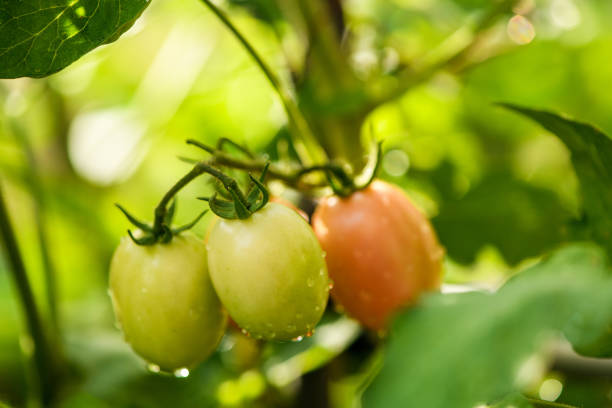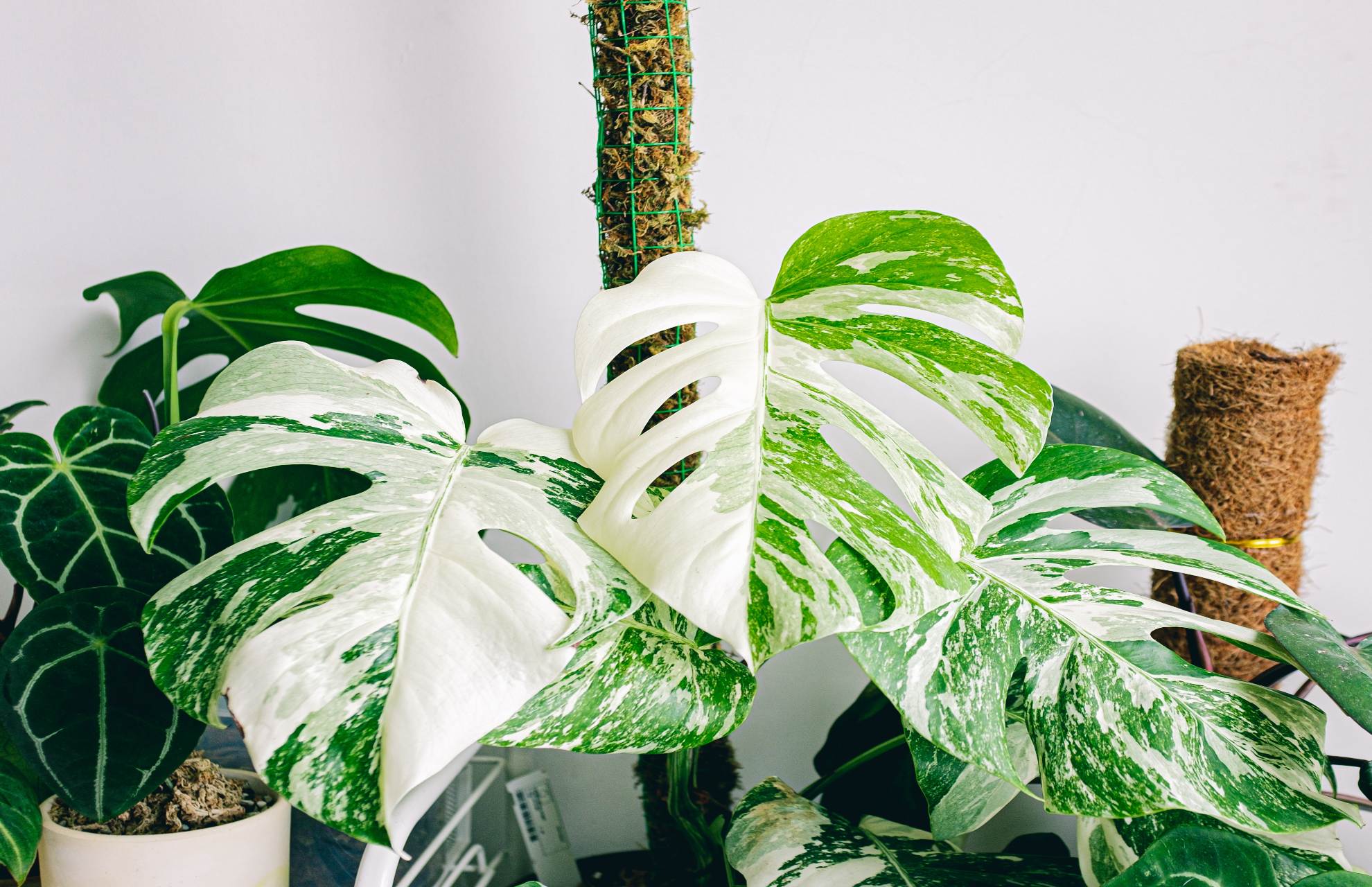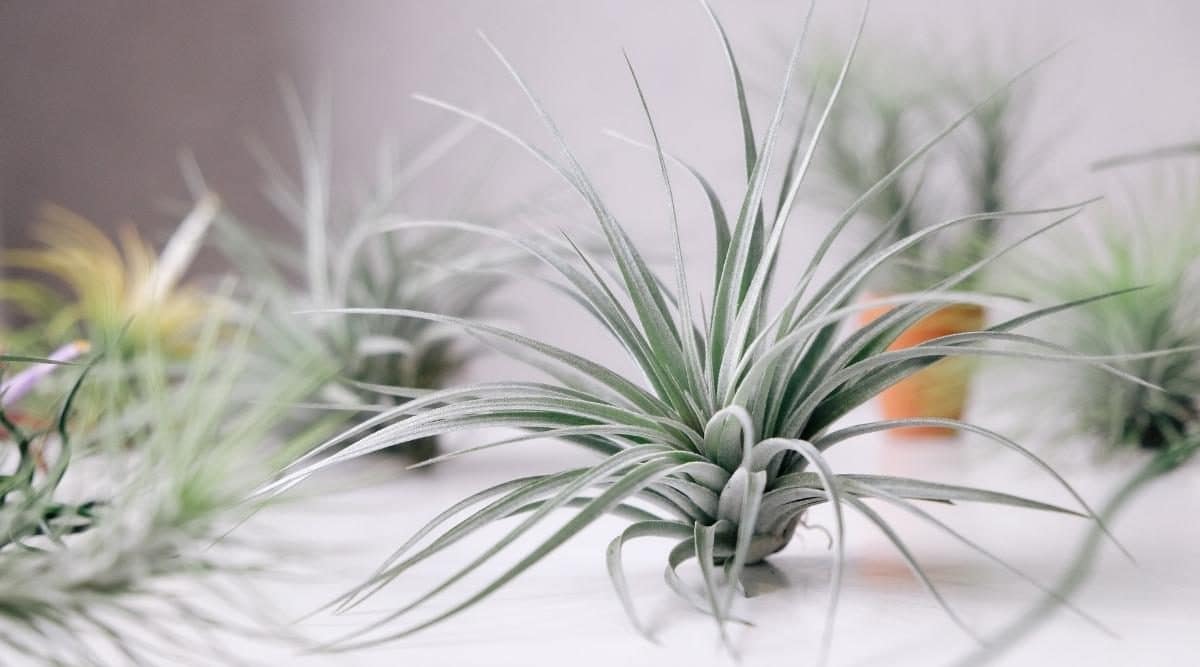Roma tomato cultivars, sometimes known as plum tomatoes, are determinate cultivars that survive under the same circumstances as standard tomato plants. Determinate tomatoes grow to a certain size, bloom, produce fruit, and then cease growing.
These “bush” tomatoes grow to a height of 3 to 5 feet. According to the University of Arizona College of Agriculture, growing Roma tomatoes from seed takes 100 to 120 days.
After bearing fruit, the plants lose vigor. This tomato type is a more humble plant that is better suited for small gardens and containers since it does not expand after flowering and fruiting.
The majority of canning tomato cultivars are determinate kinds that mature early.
Are Roma Tomatoes Determinate Or Indeterminate Plants?
Determinate tomatoes grow to a particular size, blossom, set fruit, and then die. These “bush” tomatoes may reach heights of 3 to 5 feet. If you grow Roma tomatoes from seed, you should get fruit in 100 to 120 days, according to the University of Arizona College of Agriculture.
The plants lose vitality after setting fruit. Because this tomato variety does not continue to develop after flowering and fruiting, it is a more compact plant that is better suited for small gardens and containers. The majority of tomato types used for canning are early-ripening determinate cultivars.
How Long Do Roma Tomatoes Take To Grow?
The Roma tomato plant should mature in around 70 to 80 days. After you’ve planted the seed, it should germinate in around eight weeks.
The plant can be started in tomato pots or grow bags and then transplanted as needed.
How Tall Are Roma Tomato Plants?
The plant grows to be 4 to 6 feet (48 inches) tall and 18 inches wide. The plant’s height varies depending on the strain and the climate in which it is cultivated. You must cultivate a tomato plant in the proper circumstances if you want a decent crop.
Tomatoes that grow indeterminately
Indeterminate tomatoes develop continuously during the growing season. They blossom and set fruit until the end of the growth season is signaled by chilly temperatures. Because they grow slowly, they are frequently cultivated on poles or in cages to prevent them from spreading across the garden and to keep the fruit off the ground. The majority of standard-sized tomatoes for the home garden are indeterminate, which needs assistance and trimming.
Planting Roma Tomatoes
Planting Roma Tomatoes Roma tomatoes are typically grown from transplants planted after frost danger has passed and the plants have been hardened off. The optimum time to plant tomatoes in the garden is in the spring or early summer. Determinate tomatoes, such as Roma, are frequently grown in cages, so plants require 2 1/2 to 3 1/2 feet between plants and 2 1/2 to 2 1/2 feet between rows. Tomatoes require lots of space between plants to allow for optimum air circulation and access for care and harvest.
Caring of Roma Tomato Plants
Roma tomatoes, like other tomato cultivars, require the same level of care. They require full sun and well-drained soil that is neutral to slightly acidic. Tomatoes require consistent hydration throughout the growth season, so deep water the plants once a week, giving them around 1 inch of water. Weeds compete with tomatoes for moisture and nutrients in the garden, so applying a 3- to 4-inch layer of mulch will assist soil retain moisture while inhibiting weed development.
Tomatoes Roma Grown in Pots
For tomato plants in containers, use material pots. These allow for improved drainage and root aeration.
If you don’t have access to material pots, you can use traditional planters with adequate holes in the bottom.
Use containers that are at least 14 to 16 inches deep and 20 to 24 inches in diameter.
In a loose potting mix, add perlite, vermiculite, or coco coir. Before planting Roma tomatoes in pots, secure them with pegs or a cage. These will aid in the plant’s vertical growth and give support when it begins to fruit.
Place the pots in a spot with 6 to 8 hours of direct sunshine and remember to water them periodically.
Do Roma Tomatoes Require Trellising?
Another term for them is “vining tomatoes.” They will continue to develop and blossom throughout the growing season.
Instead of a large crop, they give a steady supply of tomatoes. They form spreading vines that can grow to be 10 feet long, demanding extensive staking or caging.
Conclusion
You should have a simpler time understanding how to offer your tomato cultivars exceptional care in your garden, receive bumper crop harvests, and arrange your canning and salsa-making tasks now that you know how they will act.
Are you prepared to cultivate any vigorously vining indeterminate cultivars? Will you remain with the more well-mannered and determined types?
Or will you take the middle road to the semi-determinates? Let us know in the comments what you’re growing!









